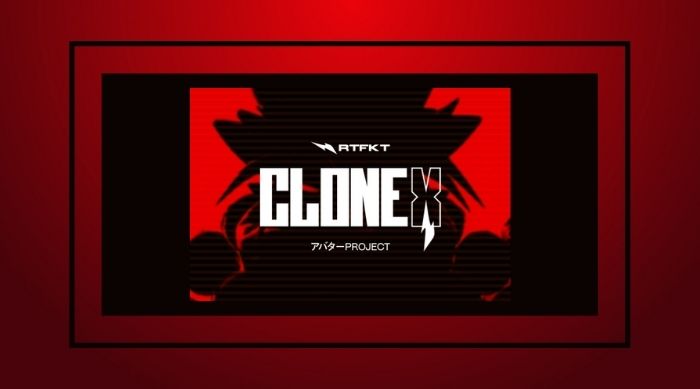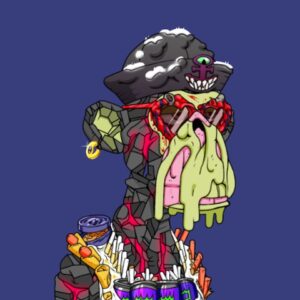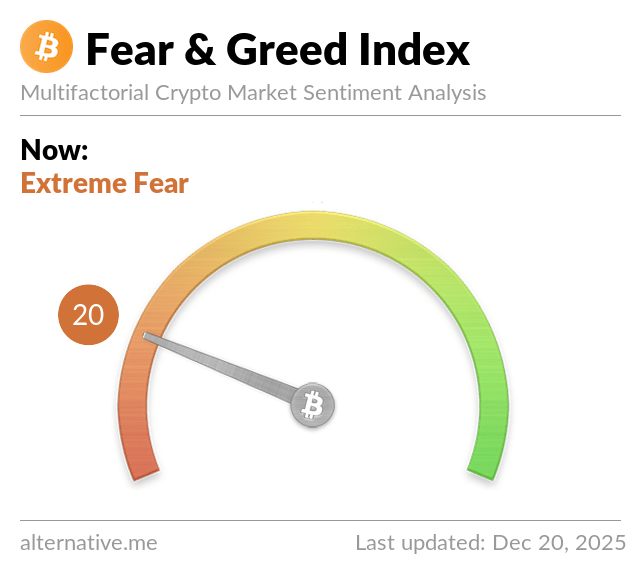CloneX is an NFT collaboration between the NFT studio known as RTFKT (pronounced “artifact”) and artist Takashi Murakami, an internationally acclaimed artist with works in the Chicago Art Institute, collaborations with Louis Vuitton, and many other accomplishments.

It’s one thing for previously unknown artists to make headlines for themselves with new NFT projects, but it’s quite another for an artist sometimes referred to as “the Japanese Andy Warhol” to bring their considerable status and accomplishments with them into the world of NFTs.
What Are CloneX NFTs?
CloneX is an NFT project featuring 20,000 unique 3D characters created on the Ethereum blockchain specifically for what the project describes as “metaverse interaction”. CloneX NFTs are known in some circles as ‘3D rigged models’, and you can use them in online gaming, photography, and via online meeting platforms.
The CloneX collection is, as mentioned above, between RTFKT and Takashi Murakami.
RTFKT was founded in 2020 by Chris Le, Benoit Pagotto, and Steven Vasilev. In late 2021, the studio was purchased by Nike and according to at least one source, the team remained intact–Nike didn’t buy the name and staff it themselves.
The CloneX project partnership with Murakami makes for an interesting combination of high-value name brands working together with well-established artists to create an NFT project that could be one of the most high-visibility (in terms of global clout, not necessarily crypto clout) versions of an NFT project in the current evolution of the space.
CloneX, according to some sources, wants to marry the NFT world with the traditional art world.
Buying CloneX
The initial offer of CloneX NFTs was fraught with problems. The 20,000 NFTs were offered Dutch auction-style, which basically means that the asking price is lowered in specific increments over time if the items aren’t selling.
The CloneX Dutch auction started with the NFTs priced at 3 ETH. But once the sale began on November 29, 2021, RTFKT claimed the CloneX site was attacked multiple times and the sale and minting were paused around midnight on November 30, 2021.
Once sales resumed (eliminating the auction and setting a fixed price of 2 ETH), the collection sold out, though not without some skepticism about the “attacks” and the fallout from them.
At press time, CloneX NFTs have a total volume of just over 19K with just over 9,000 owners. The floor for these NFTs at press time was 19.7 ETH.
Owning CloneX NFTs
Some crypto NFT projects like Bored Apes and CryptoPunks allow the owners of the NFTs to claim full derivative rights to the artwork, meaning you could create and sell your own merchandise using your NFT character, use the character in films or videos, and basically use the artwork any way you see fit.
Not so with CloneX; Takashi Murakami’s status as an international artist means this is no surprise to anyone familiar with intellectual property rights issues in the art world.
Instead, what CloneX buyers get is NOT permission to do anything with the NFTs the owner sees fit. Instead as a CloneX owner you can modify the NFT for your own personal, non-commercial, and not-for-profit use as described in the terms and conditions of the project.
These rights are described as non-exclusive, non-sublicensable, and limited. But the terms of service for these NFTs also mentions the ability to apply for a license to use the CloneX NFT you won for “limited commercial use”. This requires creating an account on the RTFKT and agreeing to the terms of service and account conditions;.
Restrictions on your ownership of these NFTs includes the following prohibitions; owners cannot:
- Create or sell “fractionalized interests” in the NFT
- “Separate, unlink or decouple” any RTFKT-Owned Content from the NFT it is associated with
- Use RTFKT Content or its modified content to create or sell “any new cryptographic token”
Some may wonder why all the restrictions are in place when other, equally successful NFT launches such as Bored Apes and CryptoPunks allow near-unlimited derivative works and other commercial exploitation of the NFTs by their owners.
But when you’re dealing with Nike and an internationally known artist like Murakami, legal departments abound as well as the desire to protect intellectual property while remaining true to the spirit of an NFT project. Less known, less well-established artists may feel less constrained about “giving away” such rights to their early work.
Joe Wallace has covered real estate and financial topics, including crypto and NFTs since 1995. His work has appeared on Veteran.com, The Pentagon Channel, ABC and many print and online publications. Joe is a 13-year veteran of the United States Air Force and a former reporter for Air Force Television News.


